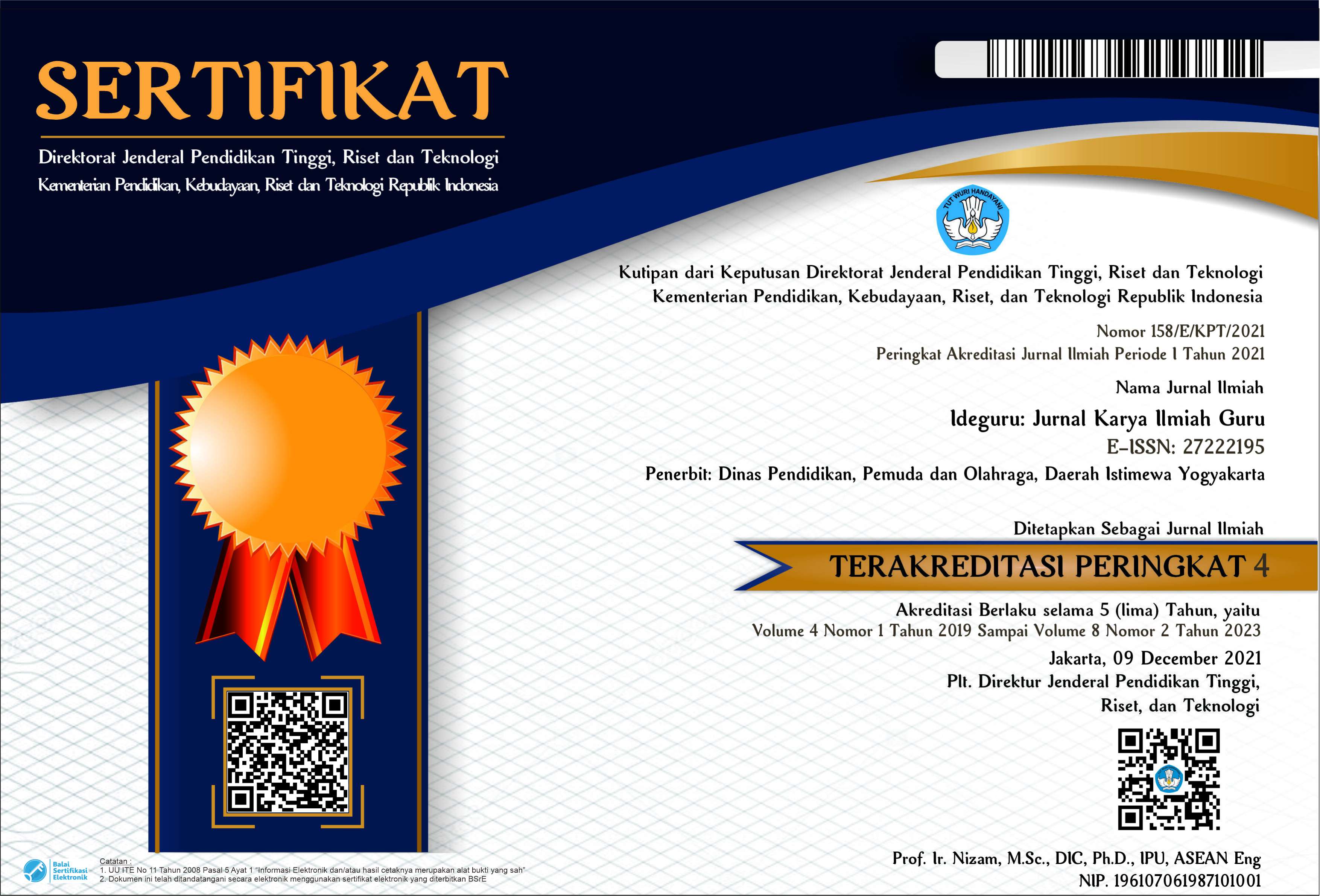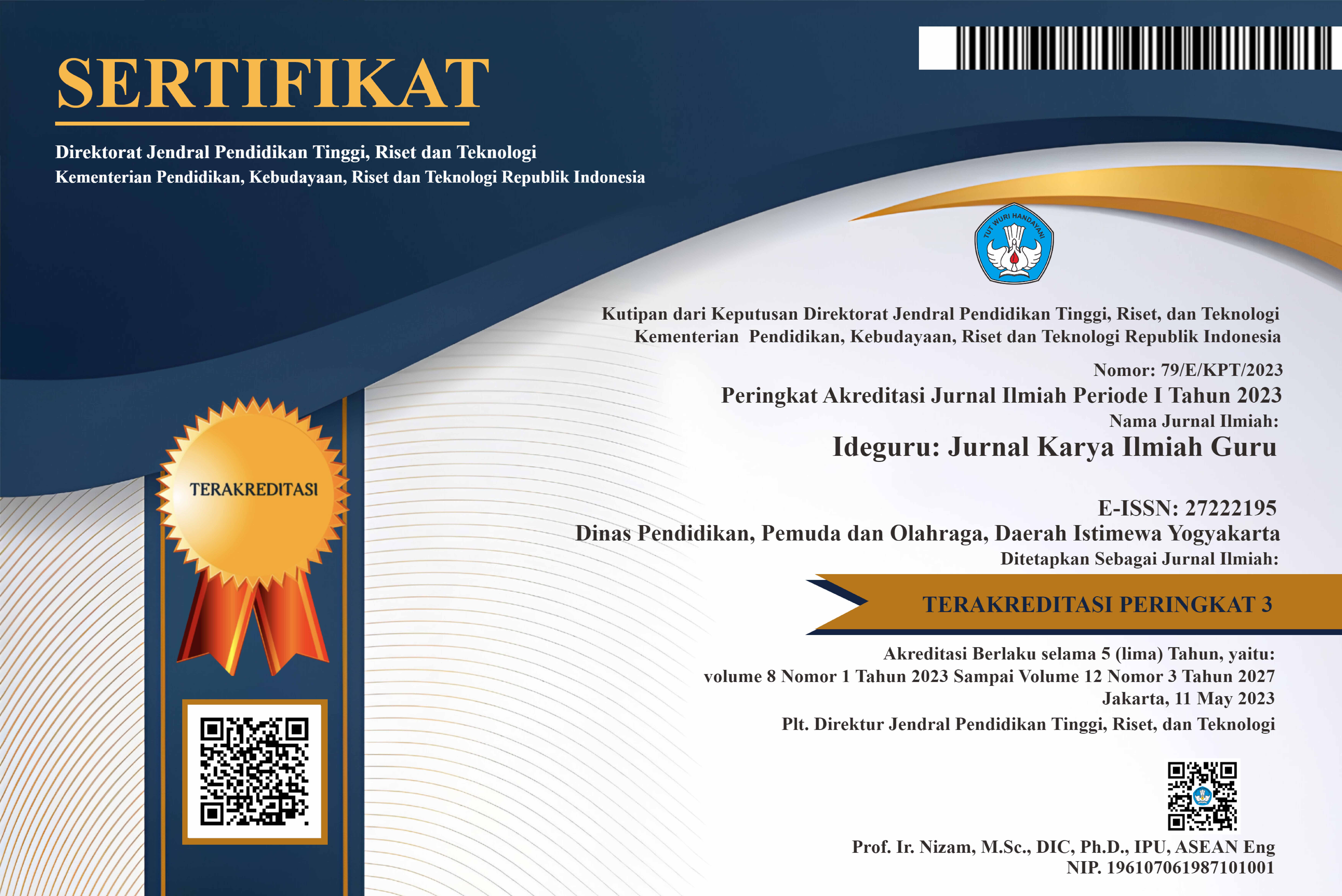Pengembangan Media Pembelajaran Efek Fotolistrik pada Pembelajaran Fisika di SMK
Abstrak
Pengembangan media pembelajaran efek fotolistrik berupa serangkaian solar sel, bertujuan untuk: 1) studi kelayakan media pembelajaran efek fotolistrik, 2) mempermudah pemahaman siswa tentang efek fotolistrik, 3) membuat siswa menyukai pembelajaran efek fotolistrik dan 4) mengukur besarnya peran media pembelajaran solar sel dalam membantu pemahaman siswa. Proses pengembangan menggunakan model Borg & Gall: 1) Potensi (Masalah), 2) pengumpulan data, 3) desain produk validasi, 4) revisi, 5) uji coba, 6) revisi, 7) produk yang dihasilkan.yang dimulai dari desain rancangan dengan menggunakan 4 panel surya disusun pararel dihubungkan dengan kabel 2 buah kabel positif dan negatif, ke hambatan, kapasitor dan diode, kemudian ke lampu LED, produk dari desain di rangkai, hasilnya dinilaikan kepada ahli media, ahli materi dan pengguna, penilaian dari ahli media, ahli materi dan pengguna di rekapitulasi, untuk mengetahui kelayakan, hasil masukan dan saran untuk perbaikan produk. Hasil penilaian diperoleh rata-rata dari ahli media sebesar 4,00 kategori baik, ahli materi sebesar 4,40 kategori sangat baik dan pengguna diperoleh rata-rata 3,85 kategori baik dan media layak untuk digunakan, siswa yang memahami materi efek fotolistrik dengan media sebesar 58%, siswa yang menyukai pembelajaran efek fotolistrik dengan media 27% amat baik, 35% baik, siswa menilai peran media pembelajaran efek fotolistrik, 46% amat baik dan 35% baik.
Data Unduhan PDF
Copyright (c) 2022 Eko Mulyadi

This work is licensed under a Creative Commons Attribution 4.0 International License.

 DOI:
DOI:













